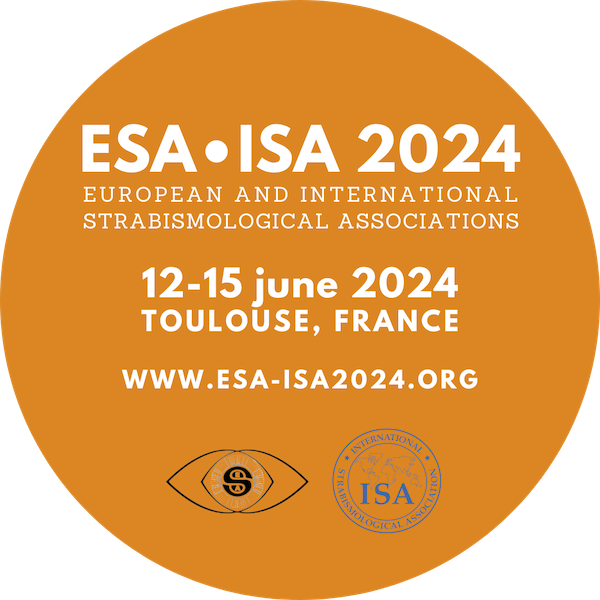
Session: Poster session A
Management of Childhood Cyclic Esotropia with Botulinum Toxin Treatment
Introduction: We aimed to describe three cases with childhood cyclic esotropia and report the outcome of botulinum toxin type A (BTA) treatment.
Methods: Three children with cyclic esotropia manifesting in a 48 hours cycle, were included in the study. BTA of 5 IU was injected into the medial rectus muscles.
Results: The first patient was a 9-year-old boy with esodeviation (55-50 PD at near and distance) beginning after phacoemulsification surgery for juvenile cataracts. Injection of BTA revealed breaking of the cycle and second BTA injection was performed for variable residual deviation. During the 6 years of follow-up, she remained orthophoric with a stereoacuity of 40 second of arc (arcsec). The second patient was a 9-year-old girl with latent nystagmus and anisometric amblyopia. She had diplopia and esotropia (65-45 PD at near and distance). After two injection of BTA with the 8 years of follow-up, she remained stable with a stereoacuity of 800 arcsec. The third patient was a 5-year-old boy with a history of falling and had right esotropia (40 PD at near and distance). After single BTA injection, he was found to be orthophoric with 4 years of follow-up.
Conclusions: Considering the results of our cases, BTA injection was found to be effective method to provide orthophoria in the long term. After breaking the cycle by the first BTA injection, it is useful to perform recurrent BTA injection for residual deviation. We think that BTA injection should be preferred as the first choice in the treatment of cyclic esotropia.